Ali E. Pusane
Interference Modulation: A Novel Technique for Low-Rate and Power Efficient Multiple Access
May 23, 2025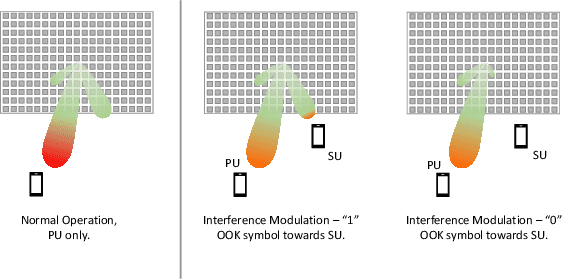
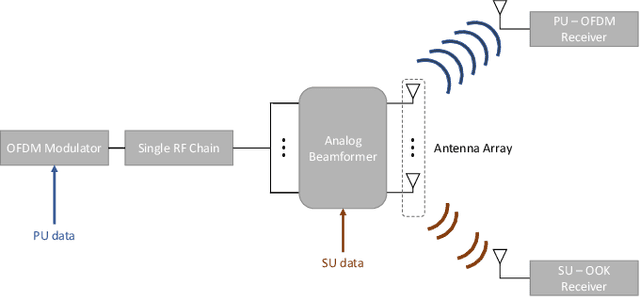
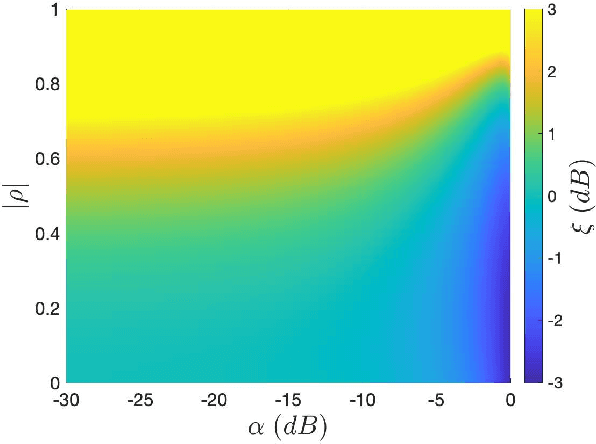
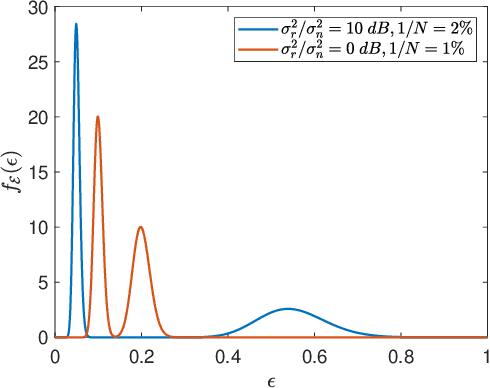
Abstract:The majority of spatial signal processing techniques focus on increasing the total system capacity and providing high data rates for intended user(s). Unlike the existing studies, this paper introduces a novel interference modulation method that exploits the correlation between wireless channels to enable low-data-rate transmission towards additional users with a minimal power allocation. The proposed method changes the interference power at specific channels to modulate a low-rate on-off keying signal. This is achieved by appropriately setting the radiation pattern of front-end components of a transmitter, i.e., analog beamforming weights or metasurface configuration. The paper investigates theoretical performance limits and analyzes the efficiency in terms of sum rate. Bit error rate simulation results are closely matched with theoretical findings. The initial findings indicate that the proposed technique can be instrumental in providing reduced capability communication using minimal power consumption in 6G networks.
RF Chain-Free mmWave Transmission: Modeling and Experimental Verification
May 03, 2024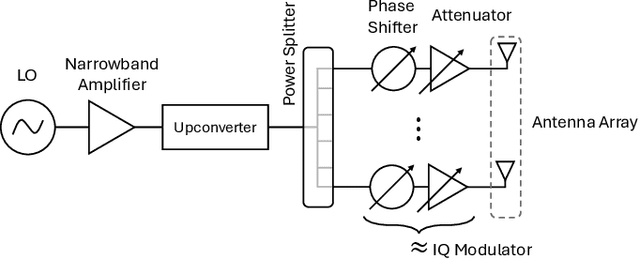
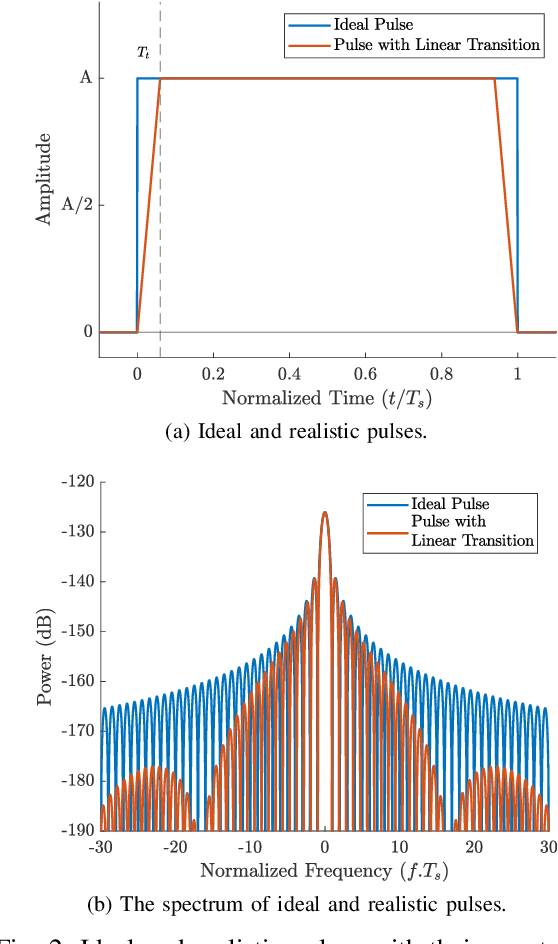
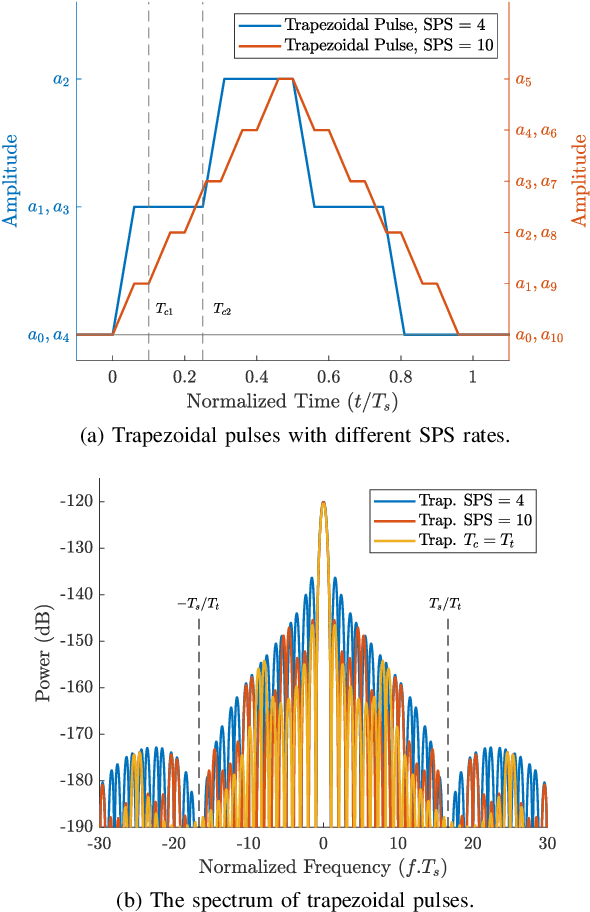
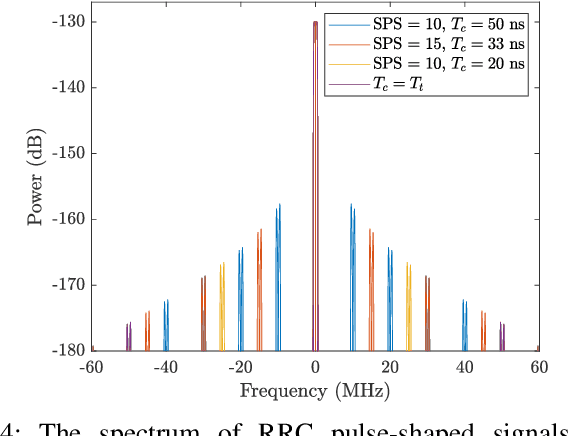
Abstract:The utilization of millimeter wave frequency bands is expected to become prevalent in the following communication systems. However, generating and transmitting communication signals over these frequencies is not as straightforward as in sub-6 GHz frequencies due to complex transceiver structures. As an alternative to conventional transmitter architectures, this paper investigates the implementation of time-modulated arrays to effectively modulate and transmit high-quality communication signals at millimeter wave frequencies. By exploiting the array structures and analog beamformers, which are the fundamental components of millimeter wave transmitters, secure and low-cost transmission can be achieved. Though, harmonics of theoretically infinite bandwidth arise as a fundamental problem in this approach. Thus, this paper presents a frequency analysis tool for the time-modulated arrays with hardware impairments and shows how controlling the sampling period can reduce the harmonics. Furthermore, the derived results are experimentally verified at 25 GHz with two important remarks. First, the phase error of received signals can be reduced by 32% using the proposed architecture. Second, the harmonics can be significantly suppressed by the correct choice of sampling period for the given hardware.
A Novel Blind Adaptive Beamformer with Robustness against Mutual Coupling and Miscalibration Effects
Jun 08, 2023Abstract:Beamforming techniques utilized either at the transmitter or the receiver terminals have achieved superior quality-of-service performances from both the multi-antenna wireless communications systems, communications intelligence and radar target detection perspectives. Despite the overwhelming advantages in ideal operating conditions, beamforming approaches have been shown to face substantial performance degradations due to unknown mutual coupling effects and miscalibrated array elements. As a promising solution, blind beamformers have been proposed as a class of receiver beamformers that do not require a reference signal to operate. In this paper, a novel gradient-based blind beamformer is introduced with the aim of mitigating the deteriorating effects of unknown mutual coupling or miscalibration effects. The proposed approach is shown to find the optimal weights in different antenna array configurations in the presence of several unknown imperfections (e.g., mutual coupling effects, miscalibration effects due to gain and phase variations, inaccurate antenna positions). By providing numerical results related to the proposed algorithm for different array configurations, and bench-marking with the other existing approaches, the proposed scheme has been shown to achieve superior performance in many aspects. Additionally, a measurement-based analysis has been included with validation purposes.
 Add to Chrome
Add to Chrome Add to Firefox
Add to Firefox Add to Edge
Add to Edge